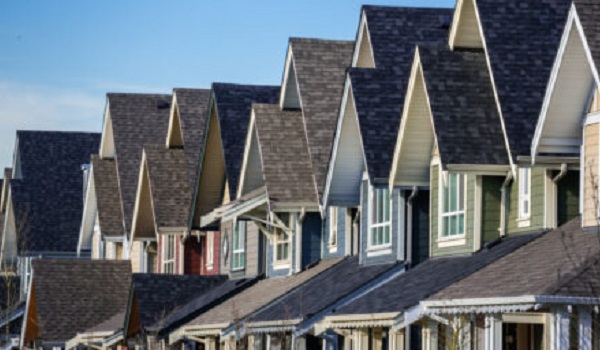City of Ottawa considering easier ways to convert offices-to-residential apartments
The city of Ottawa is looking at ways to make it easier for developers to convert unused office space into housing.
A report prepared for next Wednesday’s Planning and Housing Committee recommends that council approve a plan to waive the planning application fee for office-to-residential conversions in cases where both an official plan amendment and a zoning bylaw amendment are required.
Converting office space that has sat empty since the COVID-19 pandemic into apartments was identified as one of the ways the city could reach its goal of 151,000 new homes by 2031.
Ottawa has an overall office vacancy rate of 13.6 per cent, according to the Q3 2023 Ottawa Office Figures by CBRE. That includes a 14.2 per cent vacancy rate downtown. The latest data from the Canada Mortgage and Housing Corporation (CMHC) earmarks Ottawa’s residential vacancy rate at 2.1 per cent.
City staff say, after being directed this past February to explore options to help streamline office-to-residential conversions, they came up with six recommendations for council to consider, including waiving some development fees, making zoning bylaws more flexible to allow for converting office buildings to housing, and recommending the provincial government revisit some of its rules.
In the last 10 years, city staff say more than 700 residential units were created through converting old office buildings into housing. More than 900 units were created by converting non-residential buildings like old places of worship and hotels into homes.
But with the federal government announcing plans to significantly reduce its office footprint, city staff say there is an opportunity to turn old government offices into homes.
“(Public Services and Procurement Canada) recently released a disposal list of 10 properties for sale(opens in a new tab), including nine in Ottawa. These lands could be included in the Federal Lands Initiative (FLI), potential applicants can contact a CMHC Specialist to explore their project,” the report says.
The FLI is a program led by the CMHC that turns surplus federal lands and buildings available for development into affordable housing units and communities.
An example right in the heart of the city
It’s been done in Ottawa before. The Slayte is a 158-unit apartment building on Albert Street in downtown Ottawa that once was an office building. It took two years to transform it from a 1970s-built government office into a residential building. The permit process took a year.
City staff cite a report by the Canadian Urban Institute (CUI) titled “The Case for Conversions”, which includes several benefits of converting existing buildings compared to building new ones. According to the CUI report, it can take a new building up to 75 years to offset the carbon emissions that could be saved through re-using an existing building.
According to the CUI, Ottawa could convert 11 to 17 buildings and create as many as 4,200 new housing units.
“Based on the modeling, Ottawa has the most potential for conversions,” the report says. “The presence of federal buildings and anticipated office consolidation and disposal by the federal government gives Ottawa a unique position to address housing need, bring more residents to downtown, and address explicit climate goals including GHG reduction through building retrofits.”
The Planning and Housing Committee meets Nov. 1.
–With files from CTV News Ottawa’s Josh Pringle and The Canadian Press.
This article was reported by CTV News
















